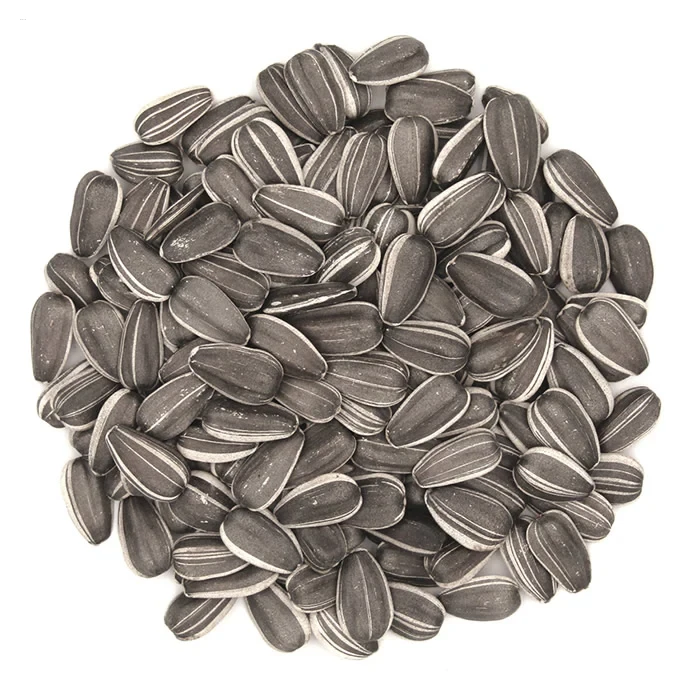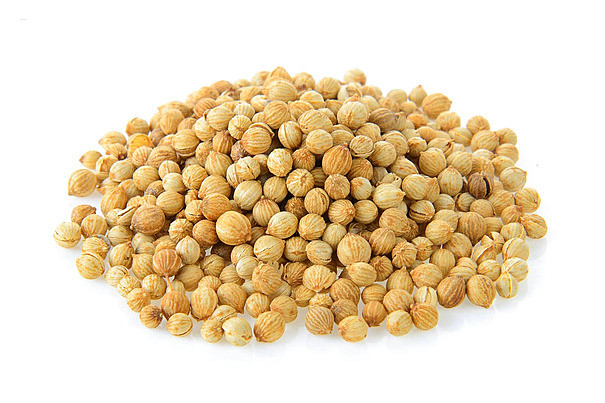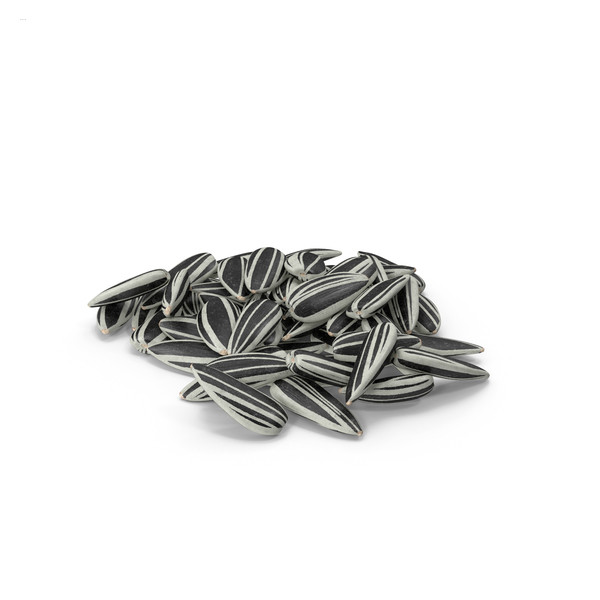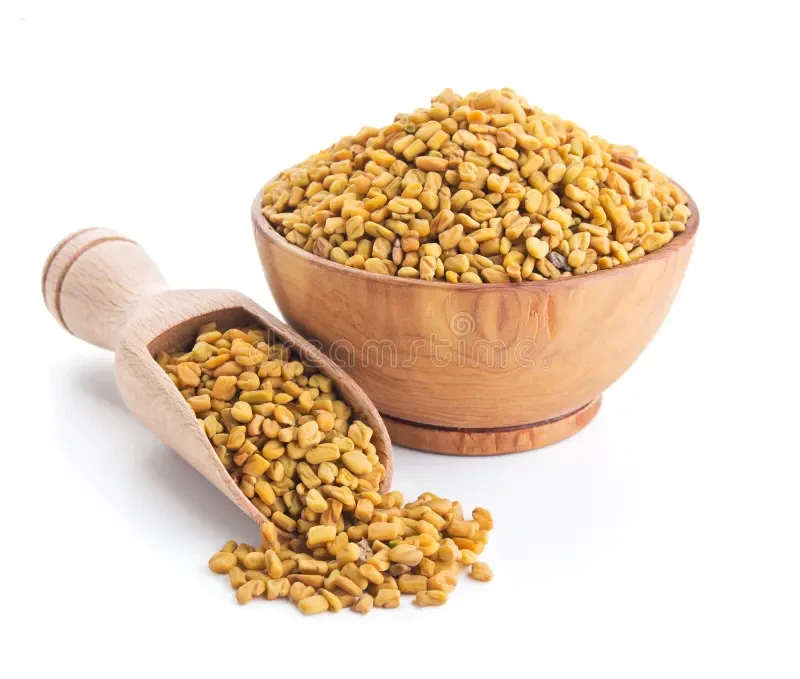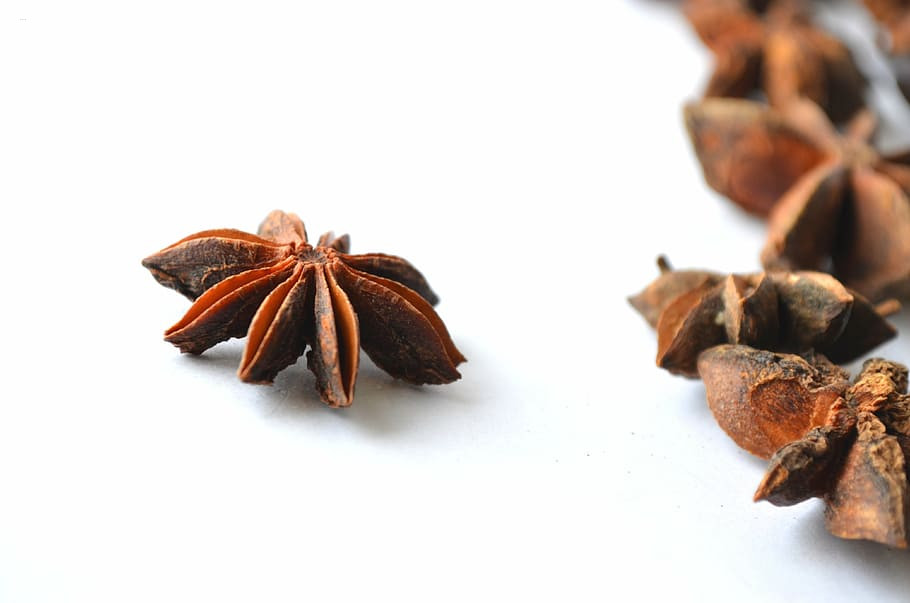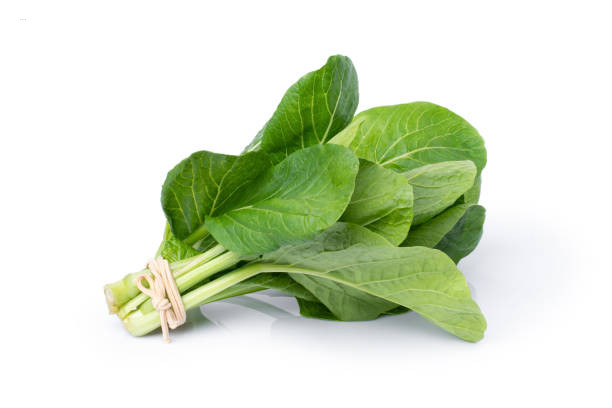

Collard Greens
Inhouse product
-
৳3.30
-
৳3.30
Reviews & Ratings
Grow Healthy and Delicious Collard Greens in Your Garden
Collard Greens are a leafy green vegetable known for their thick, dark green leaves and robust flavor. A staple in Southern cuisine and other global dishes, they are packed with nutrients and are incredibly versatile in the kitchen. Whether sautéed, steamed, or added to soups, Collard Greens are a healthy addition to any meal and a great choice for home gardeners looking to grow their own nutrient-dense vegetables.
Health Benefits of Collard Greens
Collard Greens are an excellent source of:
- Vitamins A, C, and K: Supports immune function, bone health, and overall wellness.
- Folate, Calcium, and Iron: Essential for overall health.
- Rich in Fiber and Antioxidants: Promotes healthy digestion and improves bone health.
- Cholesterol-Lowering Compounds: Makes them a heart-healthy choice.
Growing Collard Greens
- Optimal Growing Conditions: Thrive in full sun to partial shade and prefer fertile, well-draining soil. Best grown in cooler temperatures, ideal for early spring or fall planting.
- Planting Tips: Start seeds indoors 6-8 weeks before the last frost or sow them directly in the ground after the danger of frost has passed. Space plants about 12-18 inches apart to allow room for growth.
- Watering and Care: Require consistent moisture to grow well, so water them regularly, especially during dry spells. Mulching around the base of the plants can help retain soil moisture and prevent weeds.
- Maintenance: Relatively low-maintenance but benefit from occasional weeding and pest control, especially in the early stages of growth.
Harvesting Collard Greens
Collard Greens are ready to harvest when the leaves are large and dark green, typically 60-85 days after planting, depending on the variety. Pick the outer leaves first to allow the center of the plant to continue growing. Harvesting leaves regularly encourages more growth, extending the harvest period.
Culinary Uses for Collard Green
- Traditional Southern Style: Sauté or slow-cook Collard Green with smoked meats for a classic Southern dish.
- Soups and Stews: Add to soups, stews, or vegetable broths for added flavor and nutrition.
- Fresh Salads: Use young, tender leaves in salads, or massaged greens to create a nutrient-packed base.
- Wraps: Use whole leaves to create healthy wraps filled with grains, beans, or other fresh veggies.
Frequently Bought Products
Product Queries (0)
Login Or Registerto submit your questions to seller
Other Questions
No none asked to seller yet
-
৳3.30
-
৳3.30
eBagan
All rights reserved
